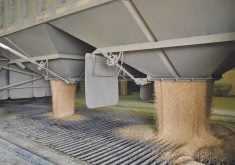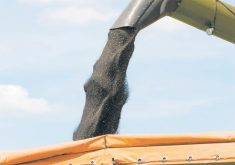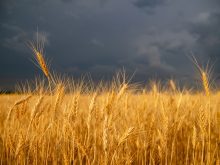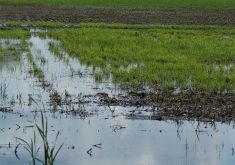Mixed farms, which produce both grain and cattle, don’t get a lot of attention. In fact, you could call them an endangered species.
For that reason, it was refreshing to see a presentation called Bucking the Trend at the recent Manitoba Ag Days in Brandon. The presenter was Duane Thompson of Tee Two Land & Cattle Company from Kelliher, Sask.
Mixed farms used to be the norm, but the long-standing trend has been to sell off the cows and concentrate on grain. Some grain farms maintain a relatively small cattle herd, but the economic importance of the cattle is dwarfed by the grain.
Read Also
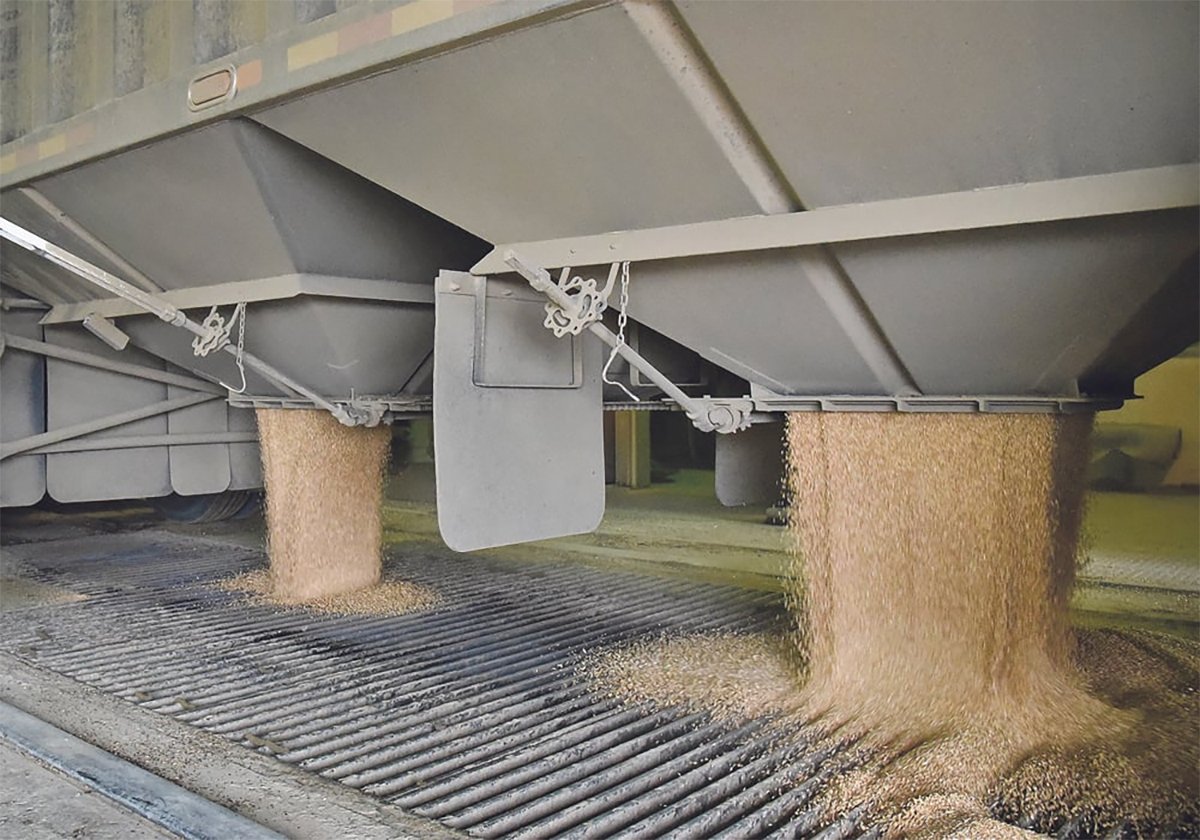
Worrisome drop in grain prices
Prices had been softening for most of the previous month, but heading into the Labour Day long weekend, the price drops were startling.
Most of the significant players in the cow-calf sector concentrate on the cows and don’t venture very far into grain production except perhaps to grow cattle feed.
Tee Two Land & Cattle has a truly mixed operation in the pothole parkland country of east-central Saskatchewan. Its 9,000 acres are in a 10- to 15-year rotation, half in forage production and half in annual crops at any given time. With legumes in the forages, Thompson estimates that 50 to 60 percent of the farm’s nitrogen is free. He considers it a sustainable system that increases soil organic matter.
The operation certainly checks a lot of boxes from a sustainability standpoint. In addition to less applied nitrogen, it’s a great defence against herbicide tolerant weeds.
A forage crop is cut for silage in its establishment year and first production year. After that, it’s grazed.
The farm has 1,250 cow-calf pairs grazing 24 quarters of high legume pasture. Thompson admits legumes are a challenge, and he takes measures to reduce the threat of bloat.
The land is mostly contiguous, which is a huge benefit. Fifty kilometres of underground pipeline have been established to get water to where it’s needed as the cattle are rotated from one area to the next.
Ideally, the cows eat half the forage and tramp the other half before moving along, but in drier years the farm harvests up to 85 percent, a form of self-insurance.
Residues from the cropping side of the farm go to cattle feed. Combiners don’t always like pulling chaff wagons, but the chaff piles make inexpensive winter grazing.
Thompson clearly loves showing photos of the cows in forage stands more than belly high. However, he’s lucky to be farming and ranching with two sons, one of whom likes the cattle side while the other prefers grain.
Was the farm tempted to grow more canola and reduce forage acres when canola was $20 a bushel?
“The whole thing is a long game,” he said.
When the land is owned, there isn’t an imperative to chase the highest near-term return.
Calving this spring will be a May 1 start, and the cows are largely left to calve on their own. On the grain side, the family has a disc drill as well as a regular hoe drill.
Lifestyle is one of the reasons many farms have abandoned cattle. The animals can tie you down all year, but Thompson said there are ways to still arrange vacation time. Besides, he added, who really wants to spend all winter sitting on a beach?
Thompson’s heartfelt presentation about mixed farming and the importance of family certainly resonated with the significant crowd he attracted. With the upturn in cattle prices and corresponding drop in grain prices, perhaps mixed farms will see a bit of a renaissance.
Kevin Hursh is an agricultural journalist, consultant and farmer. He can be reached by e-mail at kevin@hursh.ca.




